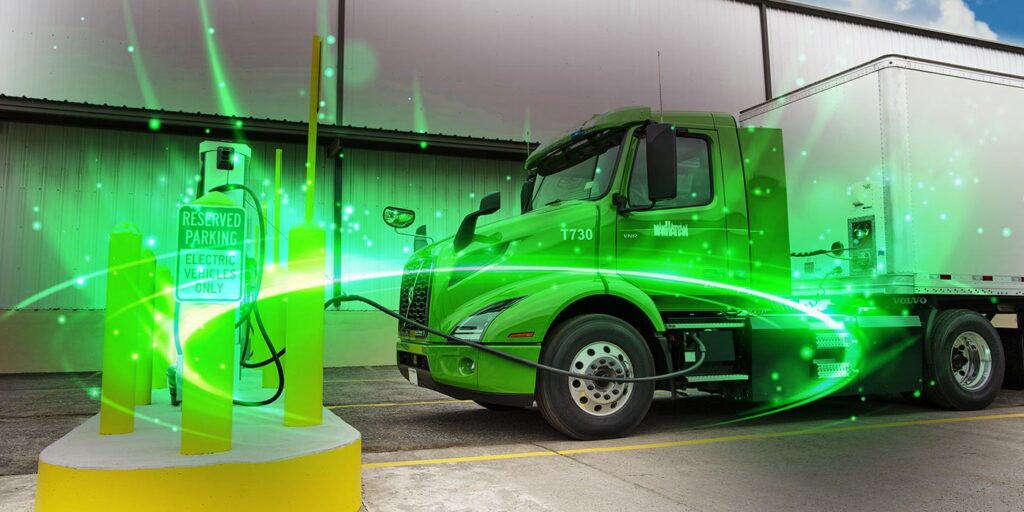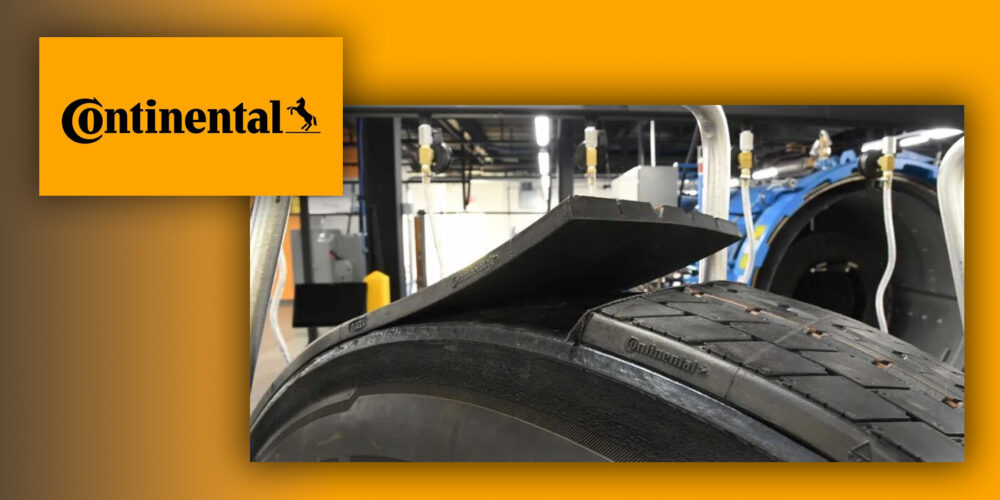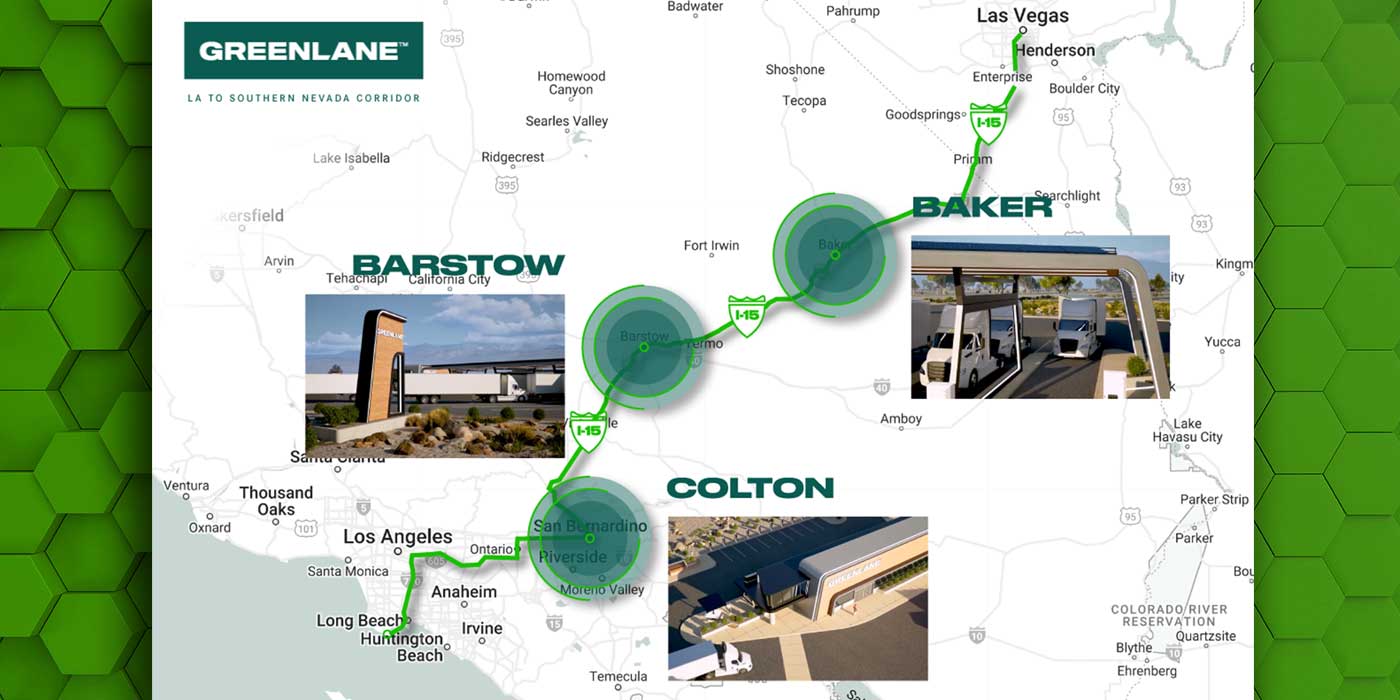Welcome to charging infrastructure for commercial vehicles 101. Let’s meet your instructor. Lexi Wiley, vice president, marketing and communications, e-mobility and sustainability, with AMPLY Power spends her days answering all of the charging infrastructure questions that fleet managers across the industry are asking themselves. Electric trucks are here and well-suited for specific applications. The learning curve for EV operation, as far as the truck running down the road, is relatively shallow, but charging the trucks?
Help us out here, Lexi:
“As you start to investigate how to ‘fuel electric fleet vehicles,’ you run into a lot of complications like interfacing with your utility, figuring out which chargers work with your vehicles and charging schedules, thinking about things like low carbon fuel standard credits, or other incentive programs, and just really it’s a hundred plus decisions that you need to make. We take all of that work on at AMPLY Power.”
So let’s not shy away from those challenges. Lexi’s here to pull back the infrastructure deployment curtain and help make the solutions approachable.
The first step in installing charging infrastructure
It all starts with taking stock of what your location currently offers in way of power to the site and then determining what you’ll need to charge commercial EVs.
“It means assessing where the chargers need to be installed, working with your local utility, navigating any tariff rate structures, and hiring the necessary construction firms and electrical engineers to stand up the project,” she explained.
For fleet managers, you’ll need to answer the following questions:
• What are your duty cycles and how are you using your vehicles??
• What distances are the vehicles traveling?
• Over how many shifts?
• What type and brand of EVs are you running or hoping to run?
That last question will determine how the software on the physical charger will interface with the software on your EV of choice.
“We have partnerships with many vehicle OEMs to integrate our OMEGA Charge Management Software System with various electric vehicles so that we’re able to receive any necessary data that could help ensure that the charging operations are meeting their needs,” Lexi explained. “If a fleet is planning on deploying a handful of electric vehicles this year, and then they want to double that next year, that will influence how much initial site design and construction we’re going to plan for upfront.”
(More on planning for increased EV scale in a minute.)
The hardest part: Working with utilities
Look, this is new for everyone. For fleets, for utilities, for OEMs, for providers like AMPLY. Each infrastructure build is different–unique requirements and partnerships. It’s not an us vs. them situation. Let’s focus on building charging infrastructure together. For fleets, that means understanding the utility point of view.
(Quick caveat: Like most solutions in the fleet world, your utility partnerships and challenges will likely be unique to you, so the following advice isn’t written in stone, but things for you to consider.)
“The first one to cross off the list is understanding electricity rates and the various utility tariffs,” Lexi explained. “Each utility has their own unique rate structures and navigating that is complex.
“It’s not the same as driving down to your local diesel gas station and looking at the price of fuel at that moment and fueling your vehicle. Fleets need to understand how electricity rates are structured and how they fluctuate–by up to several hundred percent in a single day. That is really important for long-term operational cost and really being able to project out what your total cost of ownership is.”
The second big bullet point to understand is upgrading your fleet’s location for charging infrastructure is likely going to take much longer and cost way more than you think it is. (A lot like all things in life right now.)
“Once fleets start talking to their utility, the utilities often ask them to submit a plan of how many vehicles they’re going to deploy; how much energy demand they’ll need. That might trigger a utility service upgrade, and a utility service upgrade is a huge potential issue for many fleets because they can be very costly. We’re talking millions of dollars and it can take a lot of time.”
How long?
“Sometimes they can get done in a year; sometimes they take much longer than that,” she said. “There’s really no standardized approach. Navigating whether you need that service upgrade is a huge issue.”
For AMPLY’s part, they tackle both issues head on via the company’s intelligent charge management software.
“We have a direct API connection to all of the local utilities where we’re able to monitor the cost of electricity in real time. As it fluctuates, we monitor demand charges and local rate structures, and then we automatically optimize the chargers for the lowest cost of electricity. It’s completely hands free, so long as the driver or someone in the field is plugging in the charger at the end of their shift. Our OMEGA system does everything else—it’ll turn on and off the charger to ensure that we’re leveraging the lowest cost of electricity.”
The OMEGA system also has the ability to put a cap on power thresholds so that the usage will never surpass a pre-set upper threshold. That comes into play when upgrading a fleet’s site to install chargers and maximize capacity on the front end.
“We’re really able to maximize the number of chargers that we can install for a given site that will not trigger the costly and lengthy utility service upgrades,” Lexi explained. “If we are engaged early on under a charging-as-a-service agreement, we will engage with the utility upfront and for some of our customers, we’ll actually become the utility account holder, where we’re paying the bills. Everything would funnel through us so that it’s one less thing for the fleet manager or operations manager to deal with.
Starting early, engaging with the utility, knowing what we know about how we can maximize charger capacity, we’ll then work with our site design team and engineering team to build out a charging operational site that might, in theory, go beyond the capacity but because we have our automated load management system as a core function of our CMS, we know that we can still operate that number of chargers while keeping load within the threshold.”
Yeah, it starts to get complicated and there’s definitely a push/pull. You’ll want to minimize costs in the site upgrade, but utilities want to charge you as much as they can. That’s where working with your partners comes into play. The same is true in AMPLY’s case, for example.
“We are working with multiple customers within any given utility territory,” Lexi explained. “Any relationship that we build we are also able to leverage with the utility as we continue to onboard additional customers in that area. They trust us, they know us, we’ve jumped through the hoops. It’s a huge benefit when customers are working with us instead of going directly to the utility.”
Be prepared for the unknown
For fleets, this can feel like uncharted territory, but there are partners out there that have mapped out the charging infrastructure road and have the experience to navigate the unexpected. The challenge for you is that there’s no shortcut to the experience, but you can stack the EV deck in your favor.
“Until a fleet is actually deploying EVs and chargers, they don’t even realize how much hands-on support is needed to ensure that everything is running smoothly all the time,” Lexi said. “Having a go-to expert and partner that can handle situations as they come up as proactively as possible is a core value of ours.”
As different as EV operations may seem, the components of successful execution in the commercial industry is much like it always has been: Find the right partners to help put in place the right solution to deliver the goods.














